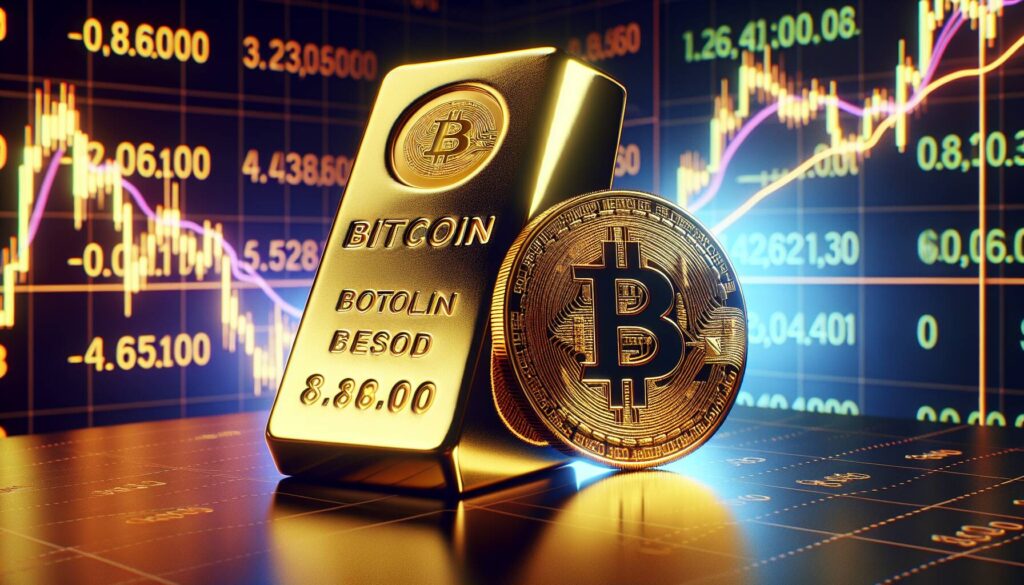The recent surge in Ether’s price has certainly caught the attention of cryptocurrency enthusiasts and investors alike, but behind this impressive rally lies a more complex story. While Ether has seen a notable increase of nearly 90% since its slump in early April, analysts suggest that this upswing is less about newfound bullish enthusiasm and more about traders unwinding their short positions. Sui Chung, CEO of CF Benchmarks, explains that the current rally is largely fueled by short covering—an activity where traders who bet against Ether are buying back futures contracts to close their positions, thereby temporarily driving demand higher.
Chung highlights that despite the soaring price, the CME’s futures market for Ether reflects a different reality. The basis, or the difference between the futures price and the spot price, remains relatively steady, suggesting that shorter positions are being liquidated rather than new long positions being established. Typically, one would expect an increase in this basis if traders were actively initiating new bullish bets with leverage. Instead, the consistency in the CME futures premium signals a more cautious market environment.
“It’s a reminder that not all rallies are fueled by new demand; sometimes, they reflect repositioning and risk reduction,” said Chung.
While some analysts considered the dynamics between CME ETH futures and ETH spot ETFs—suggesting potential arbitrage opportunities—this line of reasoning appears weak. Data indicates that U.S.-listed spot ETFs have only seen significant inflows on a limited number of trading days in the past month, with net inflows reaching over $100 million only once. This lack of robust activity in the ETF sector might imply that the upward movement in Ether’s price isn’t being propelled by fresh inflows or bullish investor sentiment. Instead, it paints a picture where the recent increase could be more about reshuffling positions in anticipation of future market movements rather than a testament to new, aggressive buying behavior.”

Understanding the Recent Ether Rally
The recent rally in Ether (ETH) prices may seem impressive; however, a closer analysis reveals it is primarily driven by short covering rather than genuine bullish sentiment. Here are the key points derived from this observation:
- Short Covering as a Primary Driver:
The rally is largely attributed to traders unwinding their bearish positions, indicating a lack of new bullish interest.
- CME Derivatives Influence:
The Chicago Mercantile Exchange (CME) offers derivatives that are favored by institutions and these are linked to the price movements of Ether.
- Impact on Market Demand:
When bearish traders cover their shorts, it creates temporary demand, which can increase prices without reflecting true market confidence.
- Stable CME Futures Premium:
The relatively low premium on CME futures indicates that the recent price surge does not stem from new leveraged long positions.
- Insufficient ETF Inflows:
Ether spot ETFs have seen minimal positive inflows, suggesting a lack of strong new demand from institutional investors.
- Market Sentiment Warning:
This situation serves as a reminder that not all price rallies indicate strong market interest; sometimes they reflect risk management tactics.
“It’s a reminder that not all rallies are fueled by new demand; sometimes, they reflect repositioning and risk reduction.” – Sui Chung, CEO of CF Benchmarks
These points signal caution for investors. Understanding the difference between genuine market enthusiasm and short-covering-induced price increases is crucial for making informed decisions that align with their investment strategies.
Analyzing Ether’s Recent Rally: A Short Covering Perspective
The recent spike in Ether’s value has garnered attention, yet a deeper dive reveals that the rally might not be as robust as it appears. Industry experts, including Sui Chung, CEO of CF Benchmarks, emphasize that this surge is predominantly a result of short covering rather than a newfound bullish sentiment. This insight places Ether’s performance in a different light than other cryptocurrencies that may rely on strong long positions driven by genuine market confidence.
Competitive Advantages: One of the notable aspects of Ether’s recent climb is its impressive price increase of nearly 90% since early April. This rise portrays an image of recovery and potential, attracting traders who may see an opportunity to enter the market. Furthermore, the association with CME’s derivatives adds a level of credibility, as these financial instruments are sought after by institutional investors, enhancing Ether’s visibility in the broader financial landscape.
Competitive Disadvantages: However, the rally’s foundation — primarily based on covering shorts — raises concerns about its sustainability. While the initial increase in demand might generate excitement, the lack of fresh investments suggests that the rally is more about repositioning than real market growth. The muted basis in CME futures indicates that without driving demand through new long positions, the longevity of this uplift is questionable.
This situation creates an interesting dynamic for various market players. Institutional investors may find Ether an attractive short-term asset due to the recent price increase, but they might also approach it with caution given the underlying motivations for the rally. Conversely, retail investors could be excited by the price movement yet risk getting caught in a potential downturn if the short covering effect fades. The absence of significant inflows into Ether ETFs further complicates this picture, suggesting that interest may not translate into sustained buying pressure.
Ultimately, while the price increase serves as a spark for interest, the implications of a rally driven by short covering should encourage both investors and traders to tread thoughtfully in the Ether market. As the narrative unfolds, those on the sidelines may need to reassess their positioning based on the insights and risks highlighted by recent trading behavior.

















